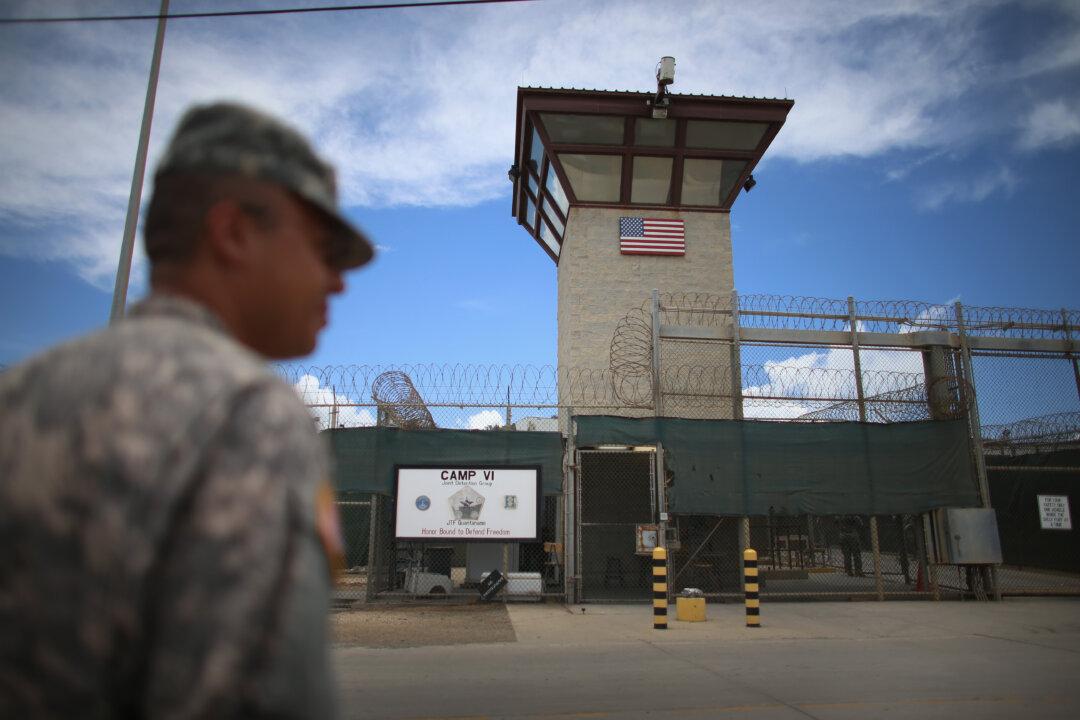WASHINGTON—At President Obama’s State of the Union address on Jan. 12, he reiterated his intention to close the detention facilities at Guantánamo Bay Naval Base, where 91 still remain out of a population that reached at one time 779 in the Bush administration.
“That is why I will keep working to shut down the prison at Guantánamo. It’s expensive, it’s unnecessary, and it only serves as a recruitment brochure for our enemies. There’s a better way,” the president said.
White House Chief of Staff Denis McDonough said on Fox News on Jan. 10 that President Obama will close the facility.
A step toward this goal was taken when 10 Yemenite detainees were released and transferred on Jan. 13 to Oman. Two more detainees were released on Jan. 14, according to AFP. One of these is Tariq Mahmoud Ahmed al Sawah, who was transferred to the government of Bosnia. His leaked prisoner file of 2008 said he was a citizen of Egypt and Bosnia and Herzegovina.





